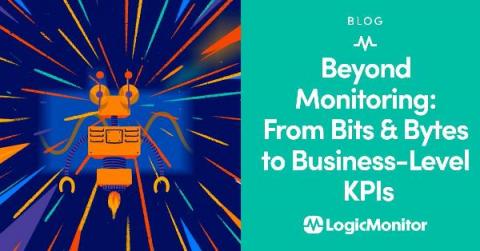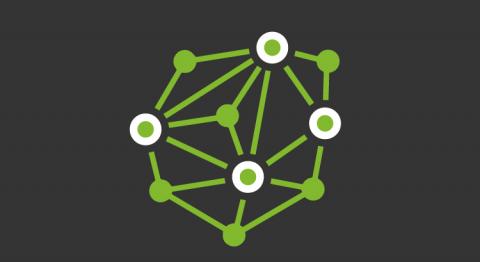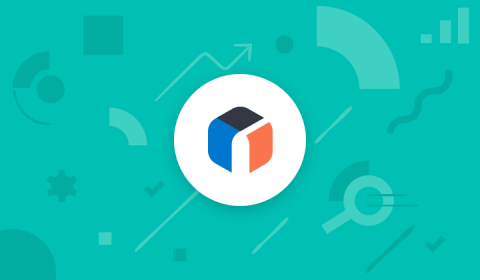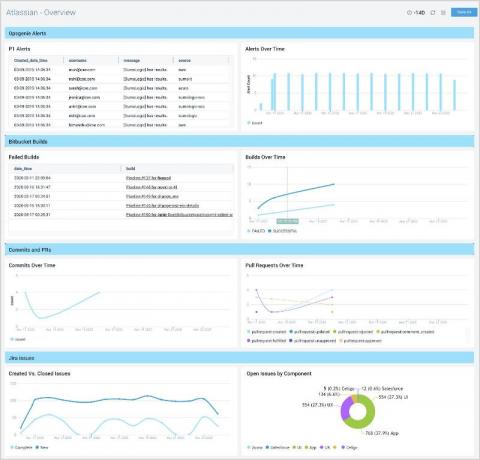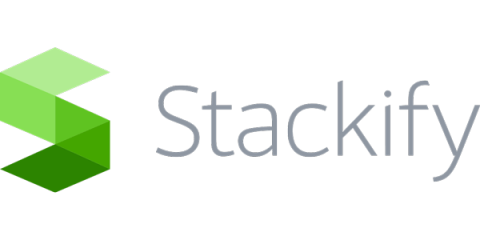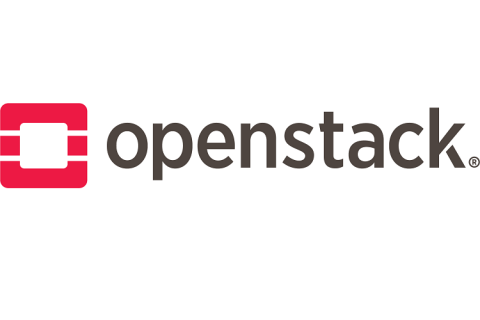Beyond Monitoring: From Bits and Bytes to Business-Level KPIs
When discussing monitoring with IT and technical operations teams, it comes as no surprise that every team has its own parameters and requirements for their particular environment. Some teams just need an up-down of specific devices or interfaces, and others need more granular metrics like JVM or database performance. At the end of the day though, everyone is responsible for a service.


